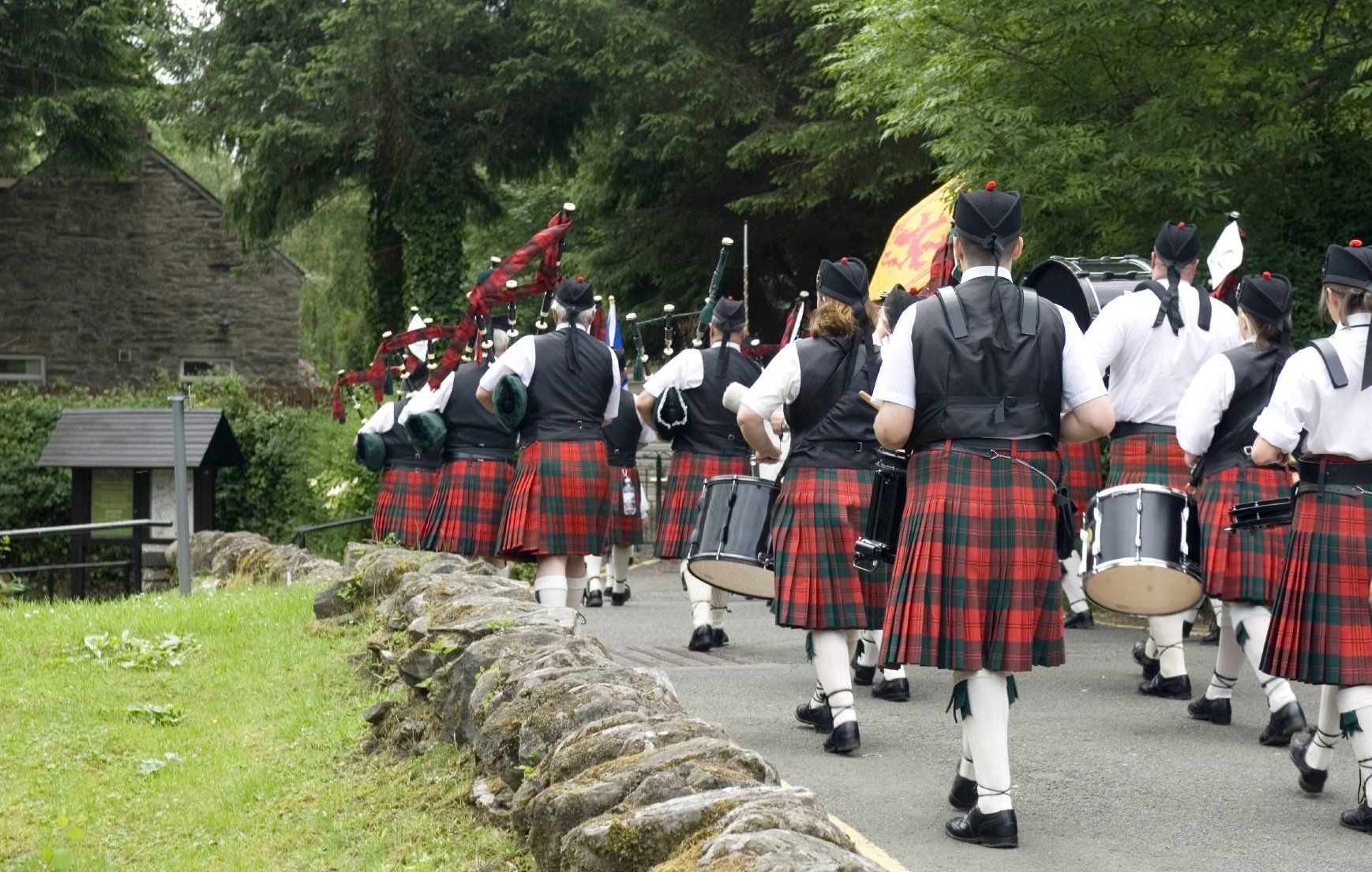Why Golf Has 18 Holes: The History and Legacy of Golf’s Most Iconic Standard
18 Holes - but why?


The game of golf is steeped in tradition. One of its most enduring customs is the 18-hole standard. But why is golf 18 holes long?
The answer lies in the sport’s rich history, shaped by Scottish landscapes, legendary architects, and evolving design principles. In this article, we explore the origins of this standard and its influence on how we play golf today.
The Origins of Golf and Early Course Design
Golf originated in Scotland during the Middle Ages. In those early days, golf courses looked very different from the manicured layouts we enjoy today.
The number of holes varied significantly,from as few as five to as many as 12—depending on the terrain. Early course designers worked with the land rather than against it, leading to highly varied and organic layouts.
Though informal and inconsistent, these early designs laid the groundwork for what would become a global standard.
St. Andrews: The Cradle of the 18-Hole Round
St. Andrews is often hailed as the birthplace of the 18-hole format. Originally, the course featured 22 holes—played out and back. In 1764, several shorter holes were combined, reducing the number to 18.
This change wasn’t just about efficiency—it dramatically improved course flow and playability. Thanks to the global influence of St. Andrews, this new layout quickly set a trend.
Today, golf holidays in Scotland often include a pilgrimage to St. Andrews, where the 18-hole legacy was born.
The Practical Reasons Behind 18 Holes
The shift to 18 holes wasn’t arbitrary. It made sense on many levels.
- Improved flow: Combining short holes streamlined play and reduced course congestion.
- Time efficiency: 18 holes can comfortably be completed in about four hours.
- Player experience: The length strikes a perfect balance between challenge and enjoyment.
This balance helped the format gain popularity with clubs and players alike.
The Royal and Ancient Golf Club of St. Andrews and Global Standardization
The Royal and Ancient Golf Club of St. Andrews played a pivotal role in formalizing the rules of golf. By the 19th century, it had become one of the sport’s governing authorities.
Their adoption of the 18-hole format set a powerful precedent. As golf expanded globally, this standard was adopted across countries and continents, creating a unified experience for players around the world.
How 18 Holes Transformed Golf Course Design
Once 18 holes became the norm, golf course design evolved to meet the new format.
Designers began crafting layouts that provided:
- Strategic variety
- Balanced difficulty
- A logical progression through natural terrain
Renowned golf course architects—such as Old Tom Morris, embraced the 18-hole template, refining it into an art form. Their legacy is still seen today in the structure of modern golf resorts worldwide.
The Cultural Significance of 18 Holes
The 18-hole round has become a cultural cornerstone in golf:
- It allows for the classic front nine/back nine discussion.
- It creates consistency in tournament scoring.
- It has become deeply ingrained in how the sport is broadcast and experienced globally.
This structure ensures that golfers—whether in Scotland, Spain, or South Africa—share a common language on the course.
Modern Variations and Shorter Formats
While 18 holes remain the gold standard, not all courses follow the rule. Some offer:
- 9-hole courses for shorter play
- 27- or 36-hole complexes offering mix-and-match experiences
- Par-3 executive courses designed for speed and accessibility
These alternatives reflect the modern golfer’s lifestyle—without replacing the prestige of the traditional round.
The Future of Golf: Evolving Without Losing Tradition
Modern trends in course design and player behavior are prompting new conversations. As time becomes more precious and attention spans shift, golf course architects are exploring innovative layouts.
Still, the 18-hole round continues to stand tall—bridging generations of golfers and defining the rhythm of the game.
The Enduring Legacy of Golf’s 18-Hole Standard
The 18-hole format isn’t just a number—it’s a symbol. It represents the marriage of tradition and practicality, linking the early Scottish fairways with today’s luxury golf resorts.
Whether you're playing a quick nine or a championship round, the influence of the 18-hole standard is unmistakable. It shapes the way we design, play, and talk about the game.
At Quality Golf Destinations, we honour this legacy by offering bespoke golf holidays to some of the world’s most iconic 18-hole courses. Explore your next destination, and experience the tradition for yourself.

































